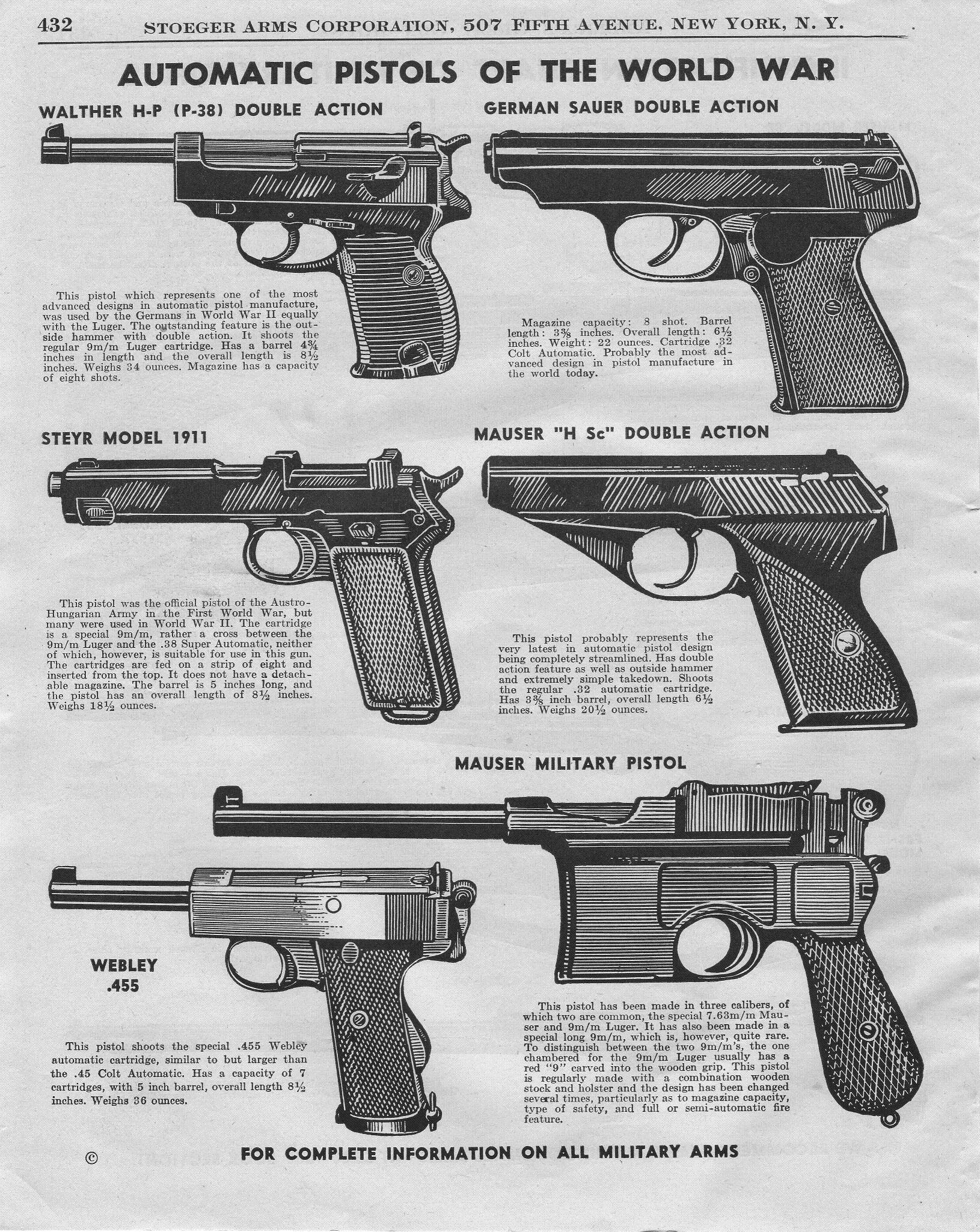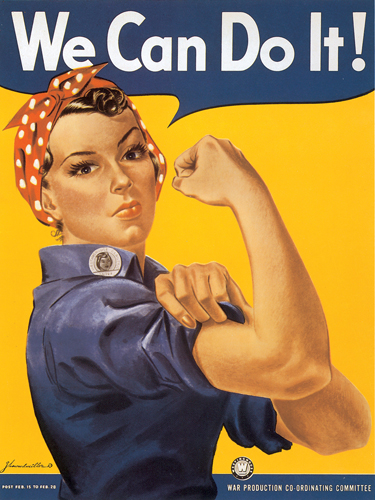I looked this this short film because I though it had outstanding props and costume, which I felt is a very important aspect to a war film because it shows the audience the time period and which side your character is on. In addition some of the scenes were shot in a higher frame rate making the action more intense. I would like to adopt this technique because I felt it provided a more intense experience.Another aspect I like was actually in the thumbnail. I loved the black and white tone in this photo and I might suggest that some of the war scenes are black and white because it would contrast to the other shots, which would be in colour.
I also watched the iconic 'Saving Private Ryan' to get and idea of how Spielberg used the camera to create emotions such as fear and anger form the characters. I further looked at props to include in our film such as the guns and the types of visual effects like explosions form mines etc.
Both films shared the same war however it was shown in many different ways maybe because of a difference in storyline and budget. However both films used props well and created an interesting story through war.






















